/ per pack
Choose seeds per pack:
Botanical nomenclature: Lobelia gregoriana ssp. gregorian / Lobelia deckenii ssp. keniensis
Common name: giant lobelia, lobelia gin tonic, lobelia tree
Family: campanulaceae
Origin: East Africa
Height: 1.50 – 3.50 meter
Brightness: full sun, partial shading
Climate: see description
A fantastic and very rare plant, a fascinating and special specimen for collectors.
Lobelia are common garden plants and are usually grown by their floriferous nature. As with most plants; there are also some species that surprise us and which often cause us perplexity.
Lobelia is no exception, with its two copies (lobelia gregoriana and lobelia telekii) also commonly known as the giant lobelias of the mountains of africa ..
One of these species is the lobelia gregoriana (formerly known as lobelia deckenii subsp..keniensis), endemic to Kenya’s mountains in the mountains of eastern Africa, growing in moist areas such as the bottom of the valleys; in contrast to its close relative, lobelia telekii, which grows in a similar but drier habitat.
It is characterized by broad and rigid leaves with a reddish hue forming a compact rosette and short trunk, interconnected by subterranean rhizomes.
Similar to many bromeliads, the leaf rosette maintains a reservoir of water between well-adjusted leaves, which is critical for survival in this inhospitable habitat. This reservoir freezes at night; a process that produces enough heat to keep the core of the plant alive until the morning sun thaws. Ice cubes formed at night. It is these ice cubes that give rise to their common name, lobelia gin tonic, possibly coined by the English.
When adult, a central rosette forms a breathtaking inflorescence, with curved bracts that are pollinated by birds.
Lobelia gregoriana is already found in successful cultivation by some plant collectors in southern africa (dunedin botanic garden), the united kingdom, tasmania and southern new zealand.
A fabulous and very rare plant, a fascinating specimen for collectors and nature lovers.
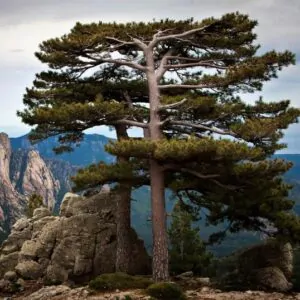
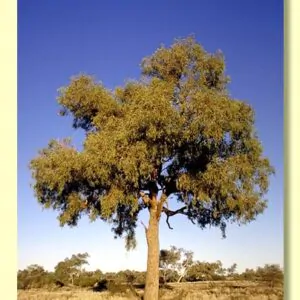
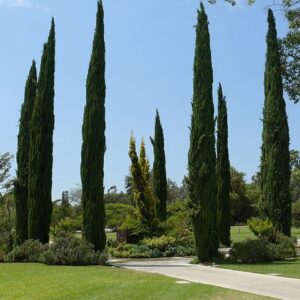
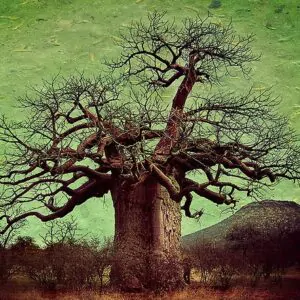
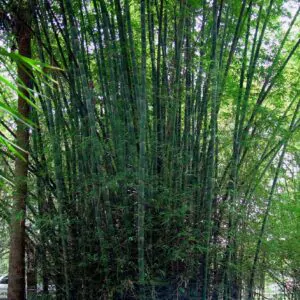
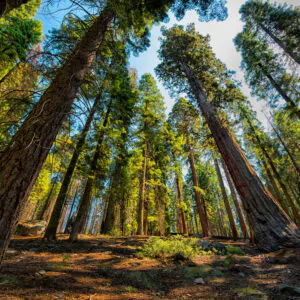
| Cookie | Duration | Description |
|---|---|---|
| cookielawinfo-checkbox-analytics | 11 months | This cookie is set by GDPR Cookie Consent plugin. The cookie is used to store the user consent for the cookies in the category "Analytics". |
| cookielawinfo-checkbox-functional | 11 months | The cookie is set by GDPR cookie consent to record the user consent for the cookies in the category "Functional". |
| cookielawinfo-checkbox-necessary | 11 months | This cookie is set by GDPR Cookie Consent plugin. The cookies is used to store the user consent for the cookies in the category "Necessary". |
| cookielawinfo-checkbox-others | 11 months | This cookie is set by GDPR Cookie Consent plugin. The cookie is used to store the user consent for the cookies in the category "Other. |
| cookielawinfo-checkbox-performance | 11 months | This cookie is set by GDPR Cookie Consent plugin. The cookie is used to store the user consent for the cookies in the category "Performance". |
| viewed_cookie_policy | 11 months | The cookie is set by the GDPR Cookie Consent plugin and is used to store whether or not user has consented to the use of cookies. It does not store any personal data. |